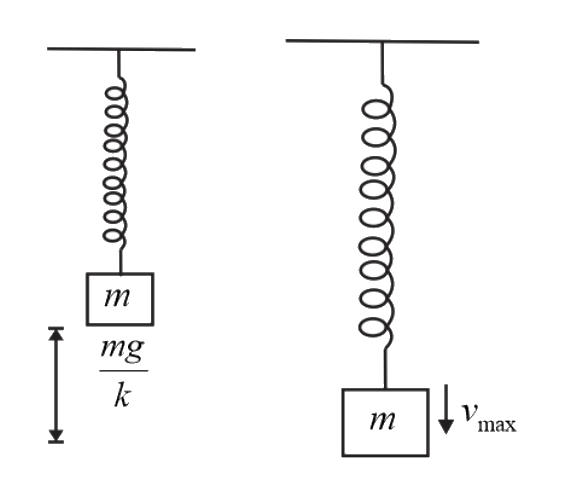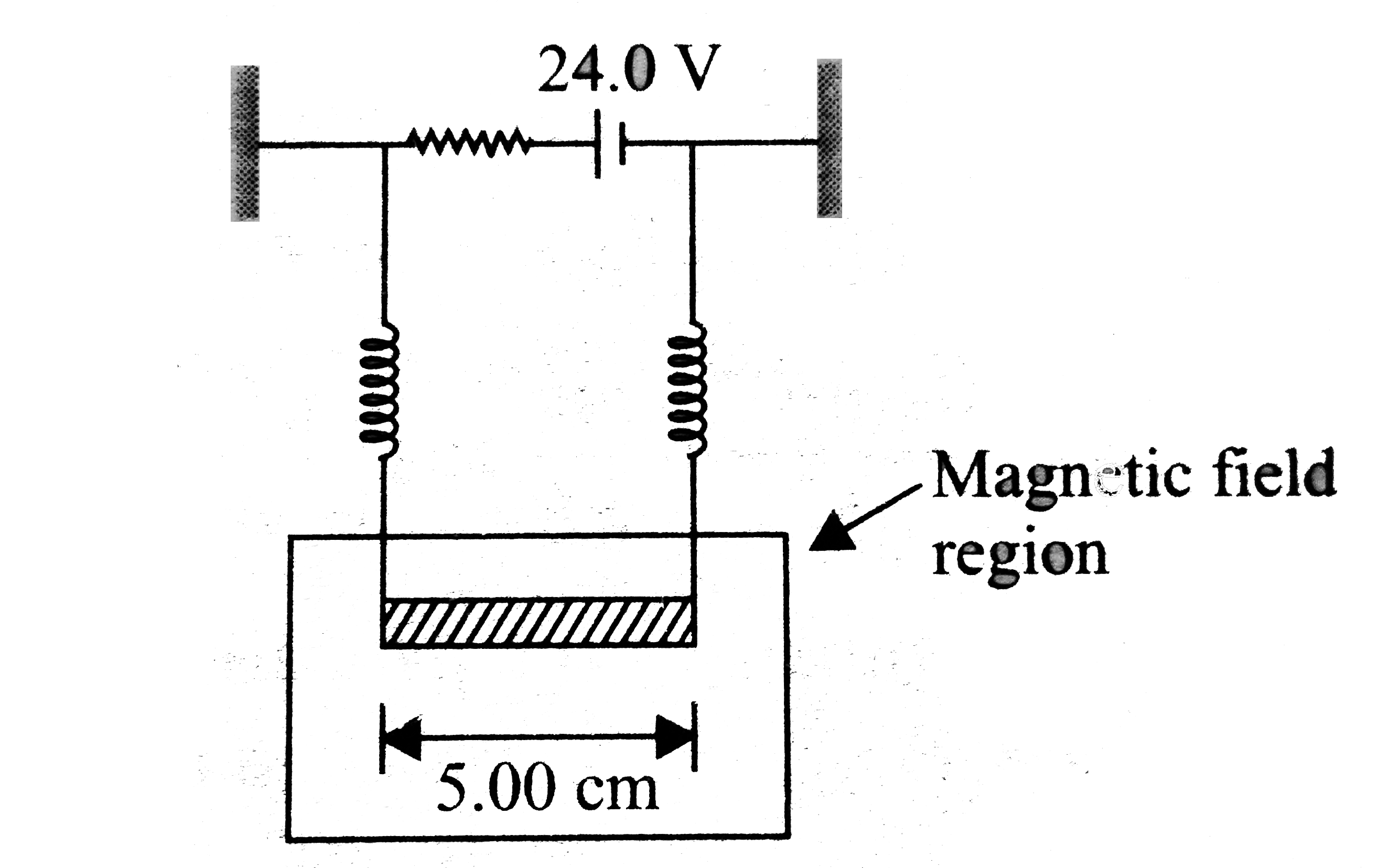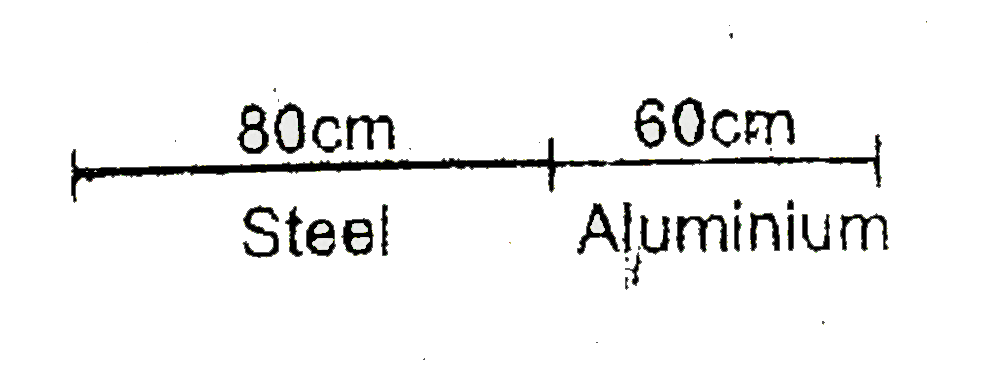A steel wire is used to stretch a spring. An oscillating magnetic field drives the steel wire back and forth. A standing wave with three antinodes is created when the spring is stretche 8.0 cm. What stretchof the spring (in cm) produces a standing wave with two anti nodes?

The correct Answer is:18.00
32l√kxμ=22l√kxμ
3√2=√x⇒18=x
Topper's Solved these Questions
Similar Questions
A particle suspended from a vertical spring oscillates 10 times per second. At the highest point of oscillation , the spring becomes upstretched . Find the speed when the spring is stretched by 0.20 cm . (Take , g=π2m/s2)

View SolutionThe lengths of two steel wires are 100 cm and 200cm and their radii are 6 and 3 mm. nder the same stretching force, what is the ratio of the elongations produced in them.
View Solution
Knowledge Check
A 3m long steel wire is stretched to increase its length by 0.3cm. Poisson's ratio for steel is 0.25. What is the lateral strain produced in the wire?
A2.5×10−4B1.25×10−4C5×10−4D7.5×10−4The circuit in fig. consists of wires at the top and bottom and identical metal springs at the left and right sides.The wire at the bottom has a mass of 10.0g and is 5.00cm long. The wire is hanging as shown in the figure. The springes stretch 0.500 cm under the weight of the wire, and the circuit has a total resistance of 12.0Ω. When a magnetic field is turned on the springes stretch an additional 0.300 cm.

The magnitude of magnetic field isA1.2TB6TC0.6TD12T
Figure shows an aluminium wire of length 60 cm joined to a steel wire of length 80 cm and stretched between two fixed supports. The tension produced is 40 N. The cross-sectional area of the steel wire is .1.0mm2 and that of the aluminium wire is 3.0 mm 2. What could be the minimum frequency of a tuning fork which can produce standing waves in the system with the joint as a node ? The density of aluminium is 2.6gcm−3and that of steel is 7.8gcm−3

View SolutionFigure shows an aluminium wire of length 60cm joined to a steel wire of length 80cm and stretched between two fixed supports. The tension produced is 40N. The cross-sectional area of the steel wire is 1.0mm2 and that of the aluminimum wire is 3.0mm2 The minimum frequency of a tuning fork which can produce standing waves in the system with the joint as a node is 10P (in Hz) the find P. Given density of aluminimum is 2.6g/cm3 and that of steel is 7.8g/cm3.

View SolutionFigure shows an aluminium wire of length 60cm joined to a steel wire of length 80cm and stretched between two fixed supports. The tension produced is 40N. The cross-sectional area of the steel wire is 1.0mm2 and that of the aluminimum wire is 3.0mm2 The minimum frequency of a tuning fork which can produce standing waves in the system with the joint as a node is 10P (in Hz) the find P. Given density of aluminimum is 2.6g/cm3 and that of steel is 7.8g/cm3.

View SolutionWhat are the three lowest frequencies for standing waves on a wire 10m long having a mass of 100g, which is stretched under a tension of 1600N?
View SolutionA sonometer wire resonates with a given tuning fork forming standing waves with three antinodes between the two bridges when a mass of 16 Kg is suspended from the wire. When this mass is replaced by a mass .9 kg. the wire resonates with the same tuning fork for .p. antinodes for the same positions of the bridges. Then .p. is
View SolutionA particle suspended from a vetical spring oscillastes 10 times per sencon. At the highest point of oscillation the spring becomes unstretched. A. Find the maximum speed of the block. B. Find the speed when the spring is stretche by 0.20 cm. Take g=π2ms−2
View Solution
